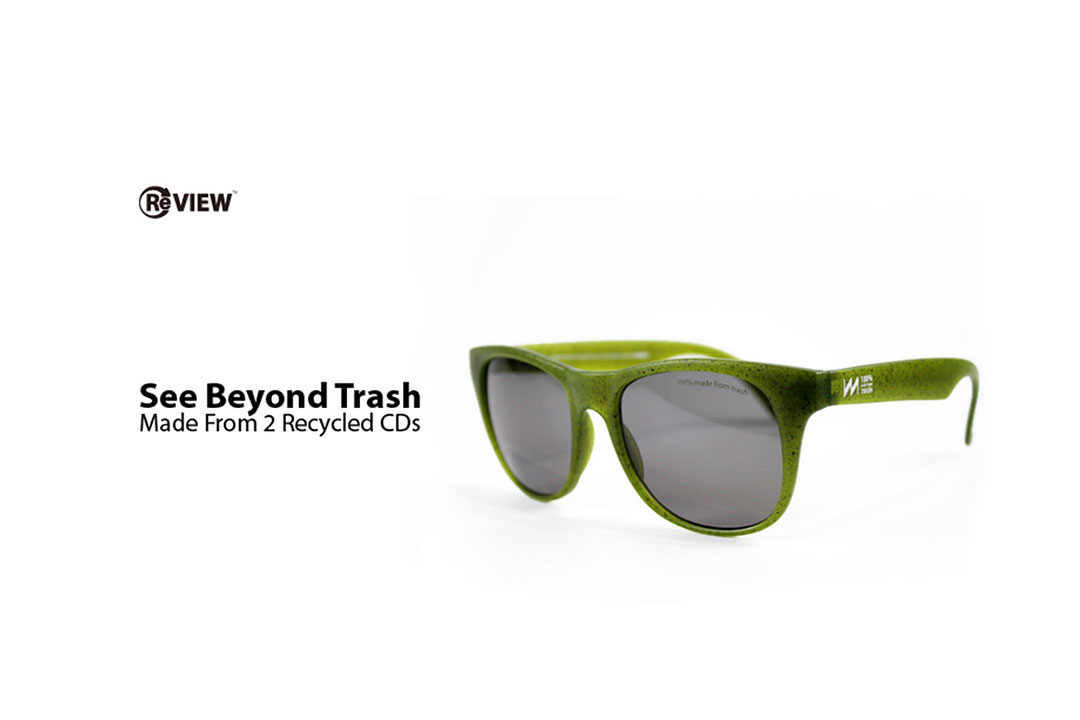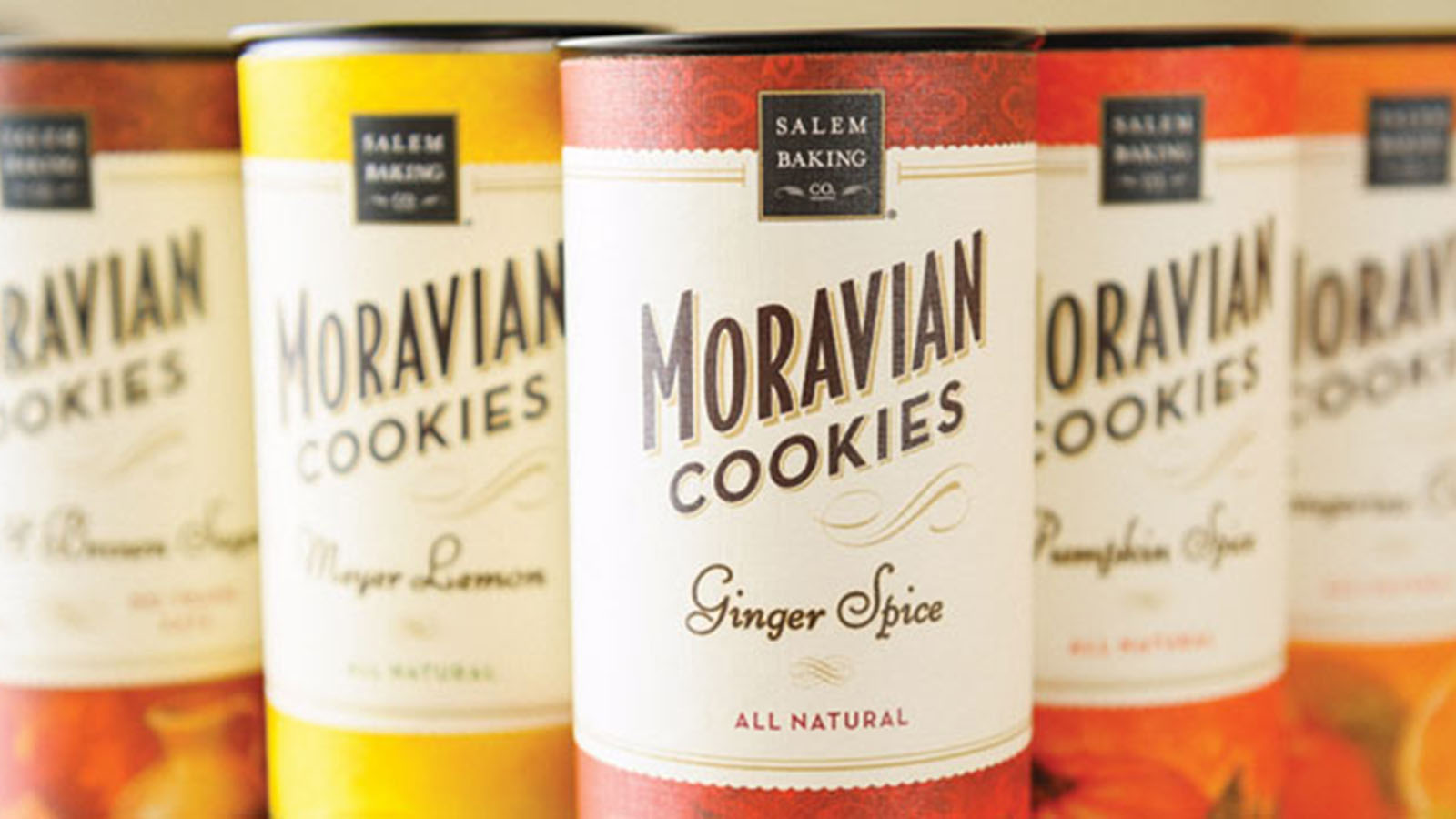The U.S. Green Building Council (USGBC) held its first “Data Jam” event on June 27, 2014 in Chicago during the week of the AIA conference. So what is a Data Jam you may ask?
In this particular case, it was a gathering of data geeks who are diligently if not enthusiastically working to increase material transparency by providing more and better information to the marketplace. In support of the USGBC’s new Material and Resource credits for LEED v4.0, they brought together for profit and nonprofit organizations representing the diversity of data aggregation, tools, and service providers that have emerged over the past 15 years. Most of these resources are dedicated to helping manufacturers collect and manage data related to health hazards and risk assessments, environmental impact or life cycle assessments, specification and purchasing, as well as other categories that employ sustainability strategies to increase planetary health, while reducing business risk.
The USGBC asked all participants to fill out a survey in advance of our Jam session in order to get our perspective on what the data needs may be for industry and the marketplace. While the results of the survey did not reveal any significant surprises, the USGBC’s efforts to get consensus and a sense of prioritization of these needs and potential solutions was very useful. Below were the two core questions, along with responses in order of importance to the data jam participants:
What does the INDUSTRY need to advance health and environmental issues in building materials selection and manufacturing?
- More data (e.g. product ingredient lists, data on health impacts)
- Better tools (e.g. databases, assessment methodologies)
- Consumer demand for information
- Better data standardization (e.g. standards for data and meta-data reporting)
- Expertise interpreting data (e.g. experts trained in analyzing data)
For the #1 INDUSTRY NEED selected above, what is the best way to address this need?
- Greater industry cooperation around proprietary information
- Cross industry collaboration (e.g., more activities like this data jam)
- Improved consumer education
- More funding
- Reduction in cost (e.g., cost of access to data)
All respondents agreed that material transparency is dependent on increased access to data as well as a diversity of tools and resources designed to provide greater access. Data standardization and better translation of toxicological data into useful information for multiple audiences are also essential ingredients for transparency.
The USGBC event brought together an impressive list of stakeholders who are working on solutions to increase transparency. With that said, the stakeholder group that continues to be poorly represented in all of these meetings I’ve attended are the suppliers who make not only the finished products but also all of the intermediate products that go into the finished product. The only way we will successfully characterize finished products is by reaching far upstream in the value chain to define all of their root level inputs (i.e., mixtures or formulated products and materials, “articles”, that make up complex components and assemblies).
Suppliers of these intermediate products are our primary partners in this endeavor, and as we plan future meetings and data jams, we need to find a better way to get this group at the table. Only with all of these perspectives represented, we will be able to truly assess the best ways to design and implement a more transparent and effective system for communicating the human and environmental health attributes of products.
Take a look at the Material IQ website to learn more about how GreenBlue is working to advance transparency.







